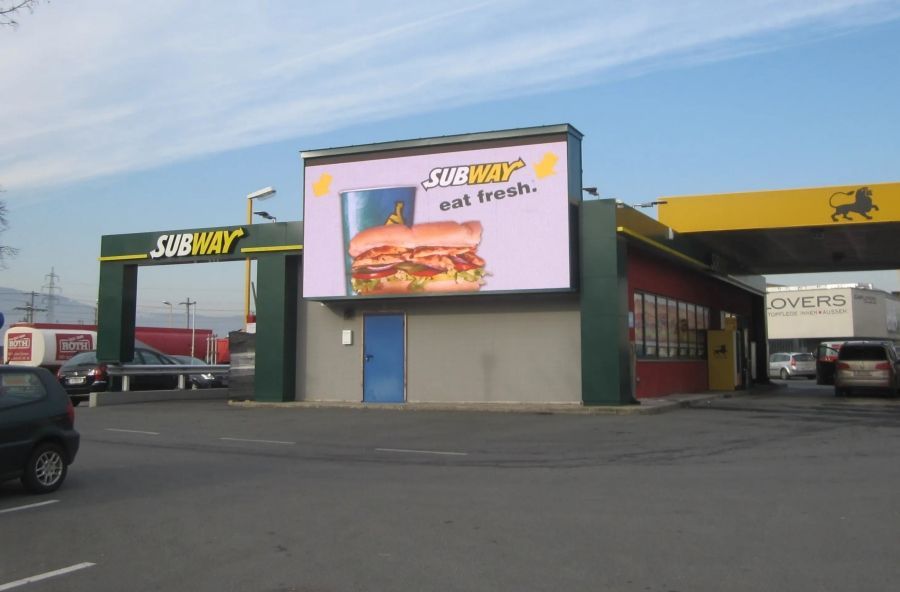No products in the cart.
industrial news
How to make LED display screens more energy-efficient and environmentally friendly?
How LED display factories can develop and design LED display screens that do not produce light pollution and waste electrical energy has become an important product performance that production enterprises must solve.
LED display screens have been widely used in various street corners of cities and have become a unique symbol to enhance the city’s image. However, while beautifying the city’s image, the strong light on the screen also has a certain negative impact on the nighttime life of urban residents. Although the LED industry is a “light making” industry, and the “light production” of display screens is understandable, it has become a new type of pollution called “light pollution” when measured by urban environmental pollution indicators. Therefore, as enterprises, we should pay attention to the issue of “light pollution” in production and control the setting of brightness.
The first control method is to use an automatic brightness adjustment system.
A slight change in the brightness of the display screen can have a significant effect in different locations and time periods, depending on the day and night. If the playback brightness of the LED display wall is greater than 50% of the ambient brightness, we will clearly feel discomfort to the eyes, which will cause “light pollution”.
So we can use an outdoor brightness acquisition system to collect environmental brightness at any time, and use the display screen control system to receive system data and automatically convert it into brightness suitable for the environment through software for broadcasting the picture.
The second control method is multi-level grayscale correction technology.
A regular LED display system uses an 18 bit color display hierarchy, which makes the colors appear stiff in some low grayscale and color transitions, resulting in discomfort with colored light. The new LED large screen control system adopts a 14 bit color display hierarchy, greatly improving the hardness of colors in transition, making people feel soft colors when watching, and avoiding discomfort with light.
In terms of power consumption, although LED display screens use energy-saving luminescent materials themselves, some need to be applied in situations with large display areas. Due to long-term use, the overall power consumption is still high because it requires higher brightness. Under the influence of these comprehensive factors, the power consumption of the display screen is quite astonishing, and the electricity bills borne by advertising owners will also increase exponentially. Therefore, enterprises can save energy through the following 5 points:
(1) By using high luminous efficiency LEDs, the light-emitting chips do not cut corners;
(2) Adopting high-efficiency switching power supply, greatly improving power conversion efficiency;
(3) Design excellent screen heat dissipation to reduce fan power consumption;
(4) Design a scientific overall circuit scheme to reduce internal circuit power consumption;
(5) Automatically adjust the brightness of outdoor display screens according to changes in the external environment, thereby achieving energy-saving and emission reduction effects;

